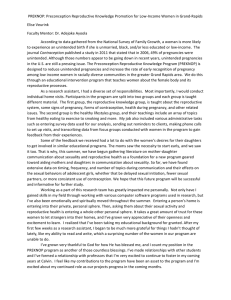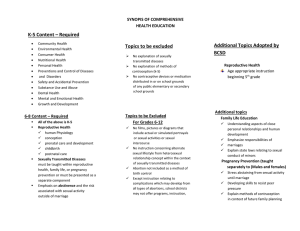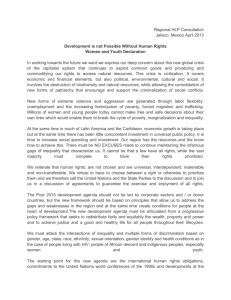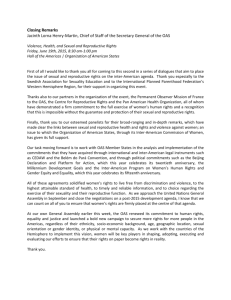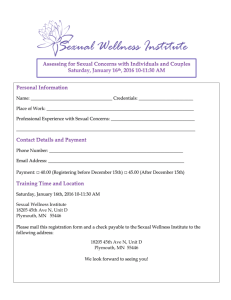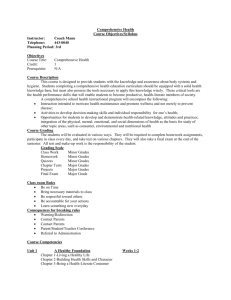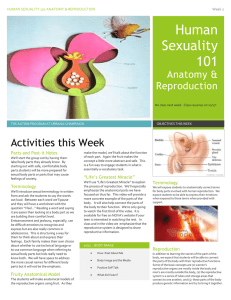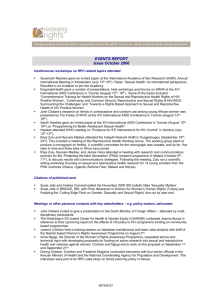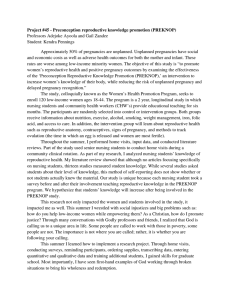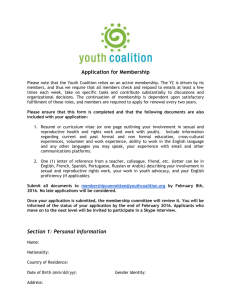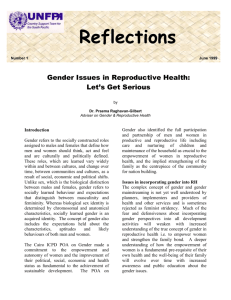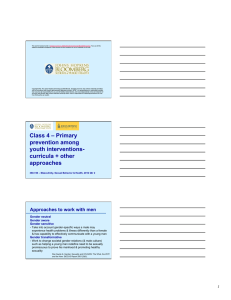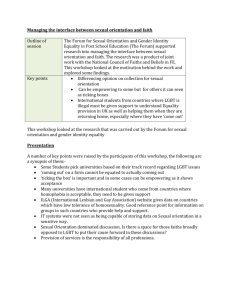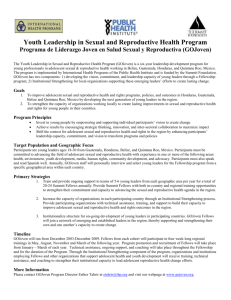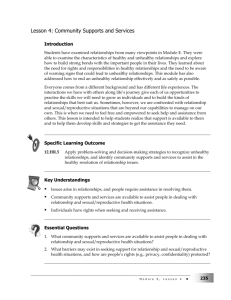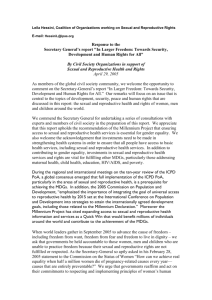Right Based approach to SRH, Aahung
advertisement
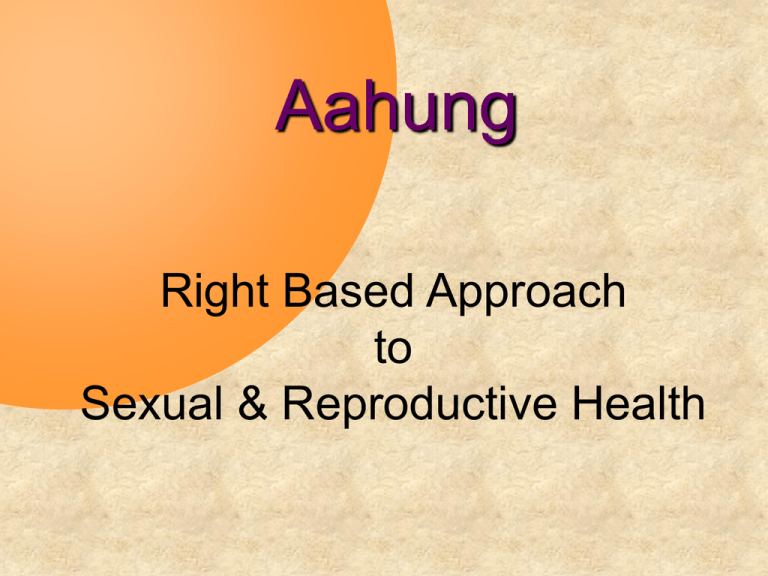
Aahung Right Based Approach to Sexual & Reproductive Health Existing Scenario • Pakistan’s population stands at an estimated 160 million people. • In the next 15 years it is calculated to reach over 220 million; • 30-35 women were reported to die every day due to pregnancy related complications; • 1 woman died every 20 minutes in Pakistan due to health related factors • 4% of the female population died before reaching adulthood, often due to a failure to provide timely medical assistance. • With 60% of the population living in rural areas, it was estimated that the vast majority among them never received any kind of medical attention during pregnancy, childbirth or sickness. • Age of childbearing still remained under 16 years for most rural women. (HRCP, 2003) What is the Need • Improved maternal and newborn health. • Accessible, high quality family planning choices. • Elimination of unsafe abortion. • Reduced incidence of HIV and sexually transmitted infections. • Greater awareness of sexual health and reduced risky behavior. • Gender equality, rights, accountability and equity realized everywhere. Health & Wellness HEALTH ENVIRONMENT HIGH LEVEL OF WELLNESS ENABLING ENVIRONMENT RESPECT PROTECT FULFILL Reproductive /Sexual Health • A state of complete of physical, mental and social well being and not merely the absence of disease or infirmity in all matters relating to the reproductive system and to its function and processes • Capacity to enjoy and control sexual and reproductive behavior in accordance with personnel ethics free from shame and guilt and coercion Health as a Right “Enjoyment of the highest attainable standard of health is one of the fundamental rights of every human being without distinction of race, religion, political belief, economic or social condition” WHO constitution, quoted in Corrigan (1997), p.7 Rights based approach assumes • • • • • Health and rights are inseparable Gender equity and equality Client centered health care Informed choice Voluntary decision making Basic Elements of Informed Choice and Voluntary Decision Making • • • • • Service options availability Decision making process is voluntary Appropriate information Good client-provider interaction (CPI) Social and rights context support autonomous decision making Why rights based • • • • • • Fundamental to quality Increased acceptability of services Increased accessibility of services Sensitive to customer needs Efficient services (accountability) Empowers clients Barriers to a rights based approach • • • • • Lack of skills Lack of services Inappropriate services Time consuming Patient empowerment as a threat to health care provider • Perception of client abilities

